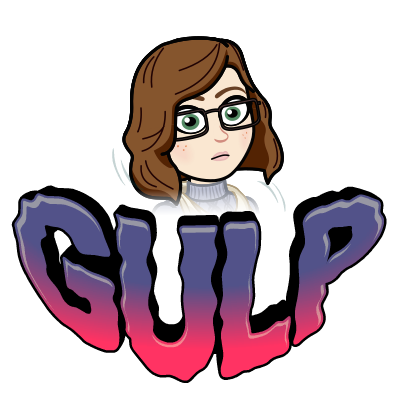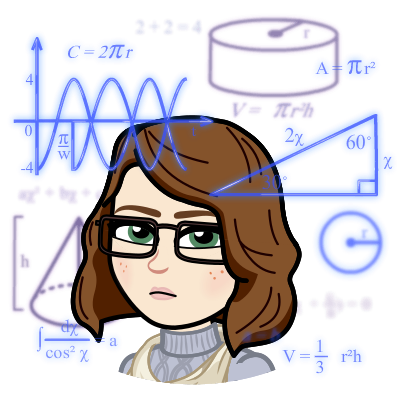I finally launched 😉 our space math curriculum concept to my classes this week! I’m so excited to start this journey with my students, and I hope it makes my class feel purposeful and connected to the real world.
Part 1: I am going to give you a brief version of the overview I gave my students.
Part 2 (tomorrow): I will try to explain how we came up with our idea, because it is not something we came up with overnight. Our plan is the culmination of months of struggle, compiling ideas, and bouncing ideas between the teachers in our math department to achieve. Sometimes with these awesome projects/problems/ideas I feel like others may get the impression that you come up with these overnight, but often they are the product of hours of poring through ideas that others do, reading blog posts, collaboration, and lots of sweat and frustration. My attempt at telling you our process will hopefully help you realize that you can come up with a big scary project like this too! 
Space Themed Algebra 1 Curriculum – 1st Quarter
Here is my attempt at an infographic to explain the first quarter to my students.

The idea is taking real, past NASA missions, such as Apollo, Voyager, and Mars Odyssey, and analyzing them in the context of my first unit of study. We can study the distances/rates traveled, graph the mission timeline, discuss timing such as when will the Voyager 1 reach the next star (and solve), and much more! We will do all of this while reviewing/learning key math topics along the way.
My students will be divided into three groups and given weekly, challenging learning tasks that relate to one of these three missions (but with the same learning goal, such as using a graphing story/piecewise function to describe their mission timeline). They will study the same mission all the way through the quarter. As they finish each task, I will discuss and debrief with each group. Then, they will present their solutions to the other groups so they know what the other missions looked like (kicking their knowledge of that learning target up x3!).
We will continue in this way until we have gotten through all of our learning goals and discussed their missions from many different angles, and then the quarter will culminate in an end-of-quarter project. In their project, they will have to imagine a completely new NASA mission, and use all of our learning targets to analyze different aspects of the mission, and show their learning in a variety of ways! I can’t wait to see what they come up with and the gears turning along the way.

